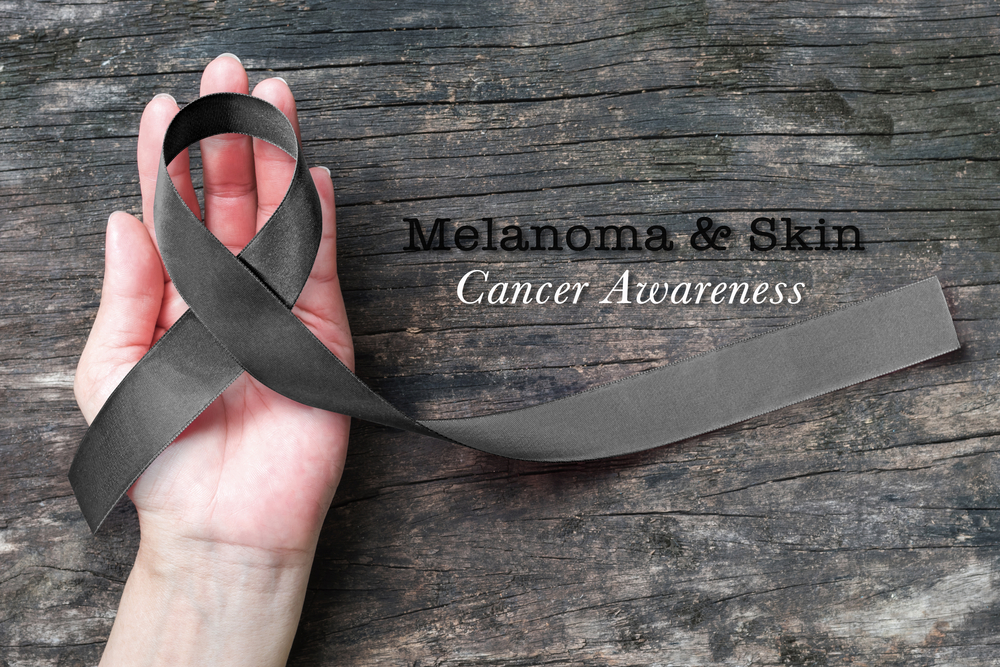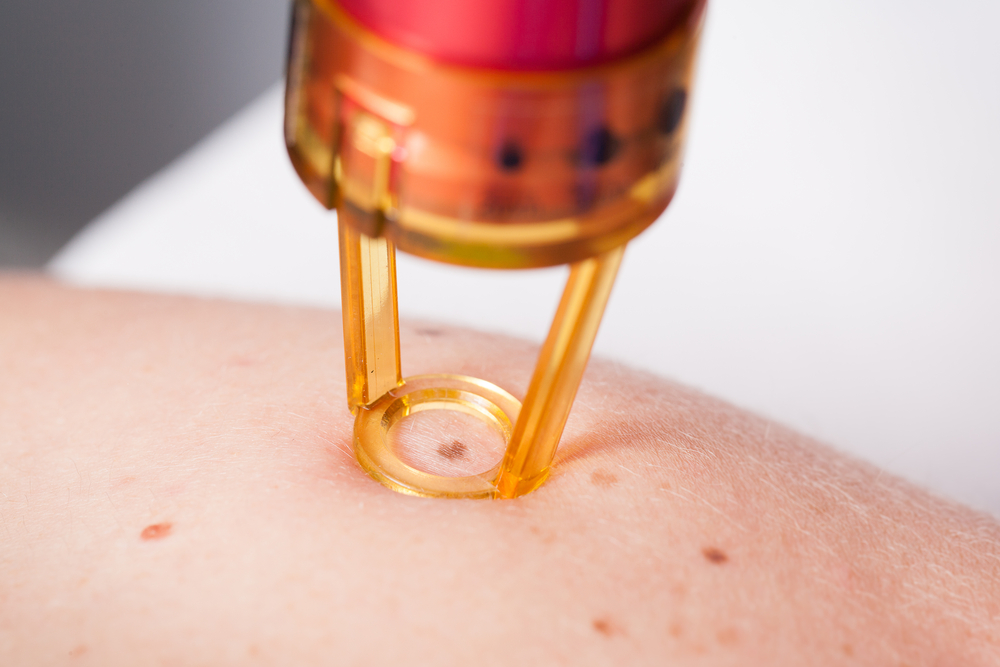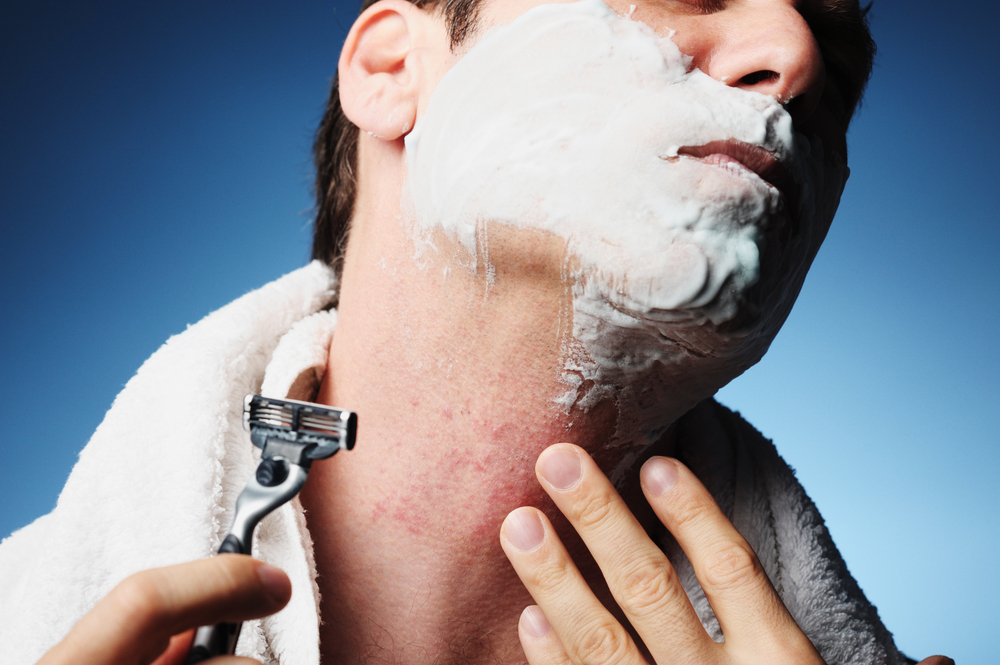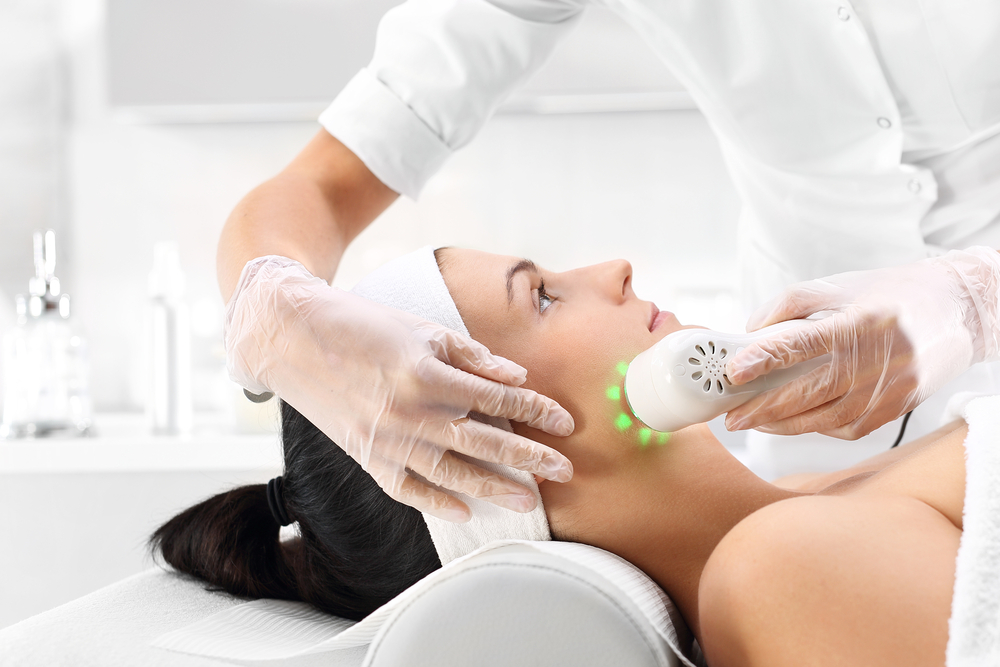Despite tireless public awareness campaigns aimed at encouraging sun-safe behaviors and advances in skin cancer detection, the rates of this all-too-common, but highly preventable cancer continue to rise.
Nearly 9,500 Americans are diagnosed with skin cancer each day, and fully one in five Americans will develop skin cancer in their lifetime, according to the American Academy of Dermatology. What’s worse, one American dies from melanoma – the potentially fatal form of skin cancer – every hour.
We can, and should, do better. In honor of Skin Cancer Awareness Month (which takes place each May), we reached out to five top skin cancer doctors to find out what their greatest wishes are for ending this epidemic.
10 Changes Dermatologists Would Like to See in 2017
1. Bladeless Biopsy for Suspected Melanoma
What if biopsies on potential melanomas didn’t involve cutting or shaving? Instead, imagine such biopsies could be done with an adhesive patch that is just as effective as surgery – minus the need for anesthesia and risk of scarring? There is. Dermtech, a health technology company based in La Jolla, CA, has developed an adhesive patch can lift tissue biopsy samples from the uppermost layers of skin, and studies show it is spot on.
2. Guidelines that Call for Routine Full-body Exams for Skin Cancer
Last year, the U.S. Preventive Services Task Force concluded that there is insufficient evidence to recommend routine full-body skin exams for adults. A group of dermatologists and oncologists are asking them to reconsider in Future Medicine.
“I would like them to address the definition of populations of individuals [who] are appropriate for preventive screening,” says one of the study authors, Salt Lake City-based dermatologist Dr. Sancy Leachman, MD. “If they accomplished this goal, then we could begin to see how preventive screening resources could be maximized and skin cancer rates could be reduced substantially.”
3. Blood Tests for Recurrence
Researchers at NYU Langone Medical Center and the Perlmutter Cancer Center say that having quick and accurate blood tests for all types of metastatic melanoma may make it easier to detect early signs of cancer recurrence and/or see if treatment is working – and we are getting closer to making this a reality.
The new blood tests, which take only 48 hours, were developed in conjunction with Bio-Rad Laboratories in Hercules, CA, and as of now are only available for research purposes. They monitor levels of DNA fragments that are released into the blood when tumor cells die and break apart. Unlike existing monitoring methods, there is no radiation exposure involved, making it a win-win.
4. #Banthetan
This is more than just a hashtag, and banning indoor tanning ranks high on many a dermatologist’s wish list. The World Health Organization lists indoor tanning devices as cancer-causing agents that are in the same category as tobacco.
At least 42 states and the District of Columbia regulate the use of tanning facilities by minors. California, Delaware, District of Columbia, Hawaii, Illinois, Kansas, Louisiana, Massachusetts, Minnesota, Nevada, New Hampshire, North Carolina, Oregon, Texas, Vermont, and Washington have all completely banned the use of tanning beds for minors under 18. However, this isn’t enough.
“Tanning beds should be outlawed,” wishes San Diego-based dermatologist Dr. Mona Z. Mofid, MD. “Just one single session has been shown to increase skin cancer by 75%. It’s young women who are partaking and the #1 age demographic for melanoma is women ages 20-29.”
5. Proper Sunscreen Use, Habits
We still don’t get it, dermatologists state. Sunscreen must be applied judiciously on all skin that will not be covered by clothing – even on cloudy days. It takes about one ounce to get this job done, and sunscreen should be reapplied approximately every two hours, or after swimming or sweating. It should be broad-spectrum and water-resistant with an SPF of 30 or higher.
“We have mounting data proving that sunscreen prevents the development of skin cancer,” says New York City dermatologist Dr. Gary Goldenberg, MD. Along with proper sunscreen, he suggests to “seek shade when the sun is strongest, wear a wide-brimmed hat and long sleeve shirt.”
6. Newer Sunscreen Ingredients
Former President Barack Obama signed the Sunscreen Innovation Act (SIA) into law in late November 2014 to speed the approval of new sunscreen ingredients and formulations, many of which have been available in Europe, Asia, and Latin America for years.
The last over-the-counter sunscreen ingredient to be approved by the Food and Drug Administration (FDA) was in the 1990s. Since 2002, eight new sunscreen applications have been filed and are still awaiting final decisions. The time to act is now, dermatologists state.
7. Allow Sunscreen Use in Schools
The FDA lists sunscreen as a drug product, which means kids can’t apply it in school (and employees can’t apply it to students either). At least four states – California, New York, Utah and Oregon – have laws requiring schools to allow students to use sunscreen, according to the National Conference of State Legislatures, and others are thinking about it.
“I’d like to see a time machine to turn back time so that you could apply sunscreen when you should have,” wishes New York City dermatologist Dr. Joshua Zeichner, MD. “Instilling good sunscreen habits at a young age will change behaviors in years to come. You should apply sunscreen daily as you would brush your teeth. With good education and care for our kids, we can significantly cut skin cancer rates over the next few decades.”
8. Aim at AKs
Actinic keratosis is a rough, scaly patch of skin that develops after years of sun exposure. Left untreated, however, AK may turn into squamous cell carcinoma.
“Not only are these precancerous lesions, they are also markers that you are at risk for skin cancer period,” says Dr. Goldenberg. There are several treatments available today including topical and laser resurfacing which does double duty by removing the lesions and improving the look and feel of the skin. “A few medications and treatments are on the horizon too including some with fewer side effects and downtime than existing ones.” Stay tuned.
9. Superficial Radiation Therapy (SRT) for Non-Melanoma Skin Cancers
Superficial Radiation Therapy, or SRT, is an FDA-cleared, low-energy x-ray radiation technology that doctors use to treat non-melanoma skin cancers. It allows doctors to focus 100 percent of the energy directly on cancer cells, penetrating no deeper than 5mm below the surface, which preserves the surrounding tissue, explains Aventura, Florida-based dermatologist Dr. Mark S. Nestor, MD.
“Compared with surgery, SRT is a virtually painless treatment that doesn’t require anesthesia, cutting or stitching and doesn’t result in bleeding or scarring as a result.” Most importantly, SRT for non-melanoma skin cancers offers comparable cure and recurrence rates as Mohs surgery. “As a non-invasive, yet highly effective, treatment for non-melanoma skin cancers, SRT can treat a larger patient population, including those who are not surgical candidates or people who are surgically fatigued (individuals who have had multiple surgeries for skin cancer over the years).”
“Skin on the face, scalp and legs is especially prone to skin cancer, so these are the areas where SRT is used the most,” adds Nestor. “SRT allows patients to have multiple treatments over time to clear skin cancer, avoid surgery, and have a better cosmetic result once complete.”
10. Cure for Melanoma
When used alone or in certain combinations, newer melanoma drugs including those that stimulate your immune system to recognize and destroy cancer cells (immunotherapy) and targeted therapies aimed at specific genetic mutations have extended the lives of people with melanoma, but what we really need is a cure, says Dr. Goldenberg.










